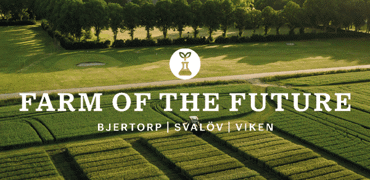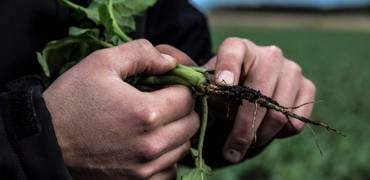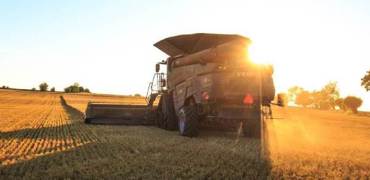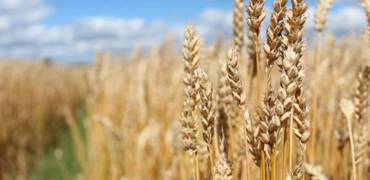Agriculture needs to help lower the environmental burden of food production. As part of this Lantmännen is converting large areas of conventionally farmed arable land to this new and more sustainable method to help produce more environment friendly food. Swedish farmers have already harvested the first wheat using this new method. Flour from this will reach stores in Sweden in October.
“Climate change is one of the biggest challenges of our age. Food consumption accounts for a quarter of global carbon dioxide emissions. It is our responsibility to find ways of reducing these emissions. Close cooperation with farmers and continuous improvements in cultivation methods are key to more sustainable food products,” says Claes Johansson, Head of Sustainability at Lantmännen.
Carbon dioxide emissions already cut by 6,000 tonnes
This new way of growing has already directly contributed to Lantmännen and Kungsörnen cutting their own carbon dioxide emissions by around 6,000 tonnes in Sweden. The farming method is very advanced in international terms and is the result of close cooperation between Lantmännen owners, Swedish farmers allied to comprehensive research and development. This new method is based on a specific number of steps that dictate how crops are to be grown. It spans the entire chain from sowing to harvesting and focuses on promoting biodiversity and reducing environmental impact, such as via environment friendly fertiliser, eco-driving and lark squares where farmers leave patches of ground unsown to enable sky larks to land and forage for food in the bare soil and weeds, which boosts biodiversity.
The cultivation method illustrates how conventional farming can develop in a sustainable direction. Conventional farming accounts for 90 percent of grain production and organic farming for the remaining 10 percent. As such, reducing the total environment impact of conventionally farmed food production will make a big difference.
“We need to bear in mind that there is a difference between wheat and wheat and flour and flour. The difference starts in the way we farm and ends in the way we use the grain. Consumers can now make a choice and help combat climate change by choosing flour with a 20 percent smaller carbon footprint,” says Krister Zackari, MD of Lantmännen Cerealia.
Read more at: www.lantmannen.se
Images: http://lantmannen.se/omlantmannen/Press-och-media/Bilder/Bildbank/
Keywords: Sustainable cultivation
For more information, please contact:
Krister Zackari, MD Lantmännen Cerealia,
tel +46 70 329 18 98, email: krister.zackari@lantmannen.com
Claes Johansson, Head of Sustainability, Lantmännen,
tel: +46 (0)70 328 97 92 email: claes.johansson@lantmannen.com























